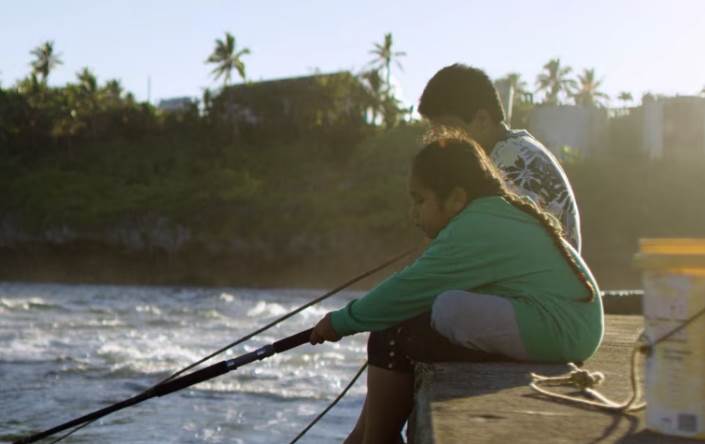Today, the Royal Foundation announced National Geographic Pristine Seas as one of three finalists for the first-ever “Revive Our Ocean” Earthshot. The Earthshot Prize is designed to incentivize change and help repair our planet over the next ten years.
- National Geographic Explorer in Residence Enric Sala launched the Pristine Seas project in 2008 to explore, document and help inspire the protection of the ocean.
- Since 2008, Pristine Seas has completed 32 expeditions around the world and has helped inspire the creation of 24 marine reserves, protecting over 6.5 million square kilometers of ocean — an area more than twice the size of India.
- Over the next 10 years, Pristine Seas will work with local communities, governments and partners to establish 40 new marine protected areas and catalyze the global community to protect at least 30 percent of the ocean by 2030.
- Winning the Earthshot Prize would not only scale Pristine Seas conservation goals, but also educate a new generation of leaders and educators around the world.
- The inaugural Earthshot Prize Awards will be broadcast globally on October 17th.
What they’re saying:
- Enric Sala: “Our goal for Pristine Seas has always been to conserve the ocean. Science has shown us that we need to protect at least 30 percent of the world’s oceans by 2030 in order to restore marine life, increase our seafood supply, and reduce greenhouse-gas emissions. It is an honor to be recognized as one of the finalists for the first-ever Earthshot Prize. This recognition gives us additional support to achieve our ambitious goal to preserve our ocean for future generations.”
- National Geographic Society Chief Science and Innovation Officer Ian Miller: “We are honored to be recognized by the Royal Foundation as an Earthshot finalist. It is imperative that ambitious projects like Pristine Seas that focus on preserving our natural environment, that have real impact are recognized and given the opportunity to achieve their goals,” said National Geographic Society Chief Science and Innovation Officer Ian Miller.

